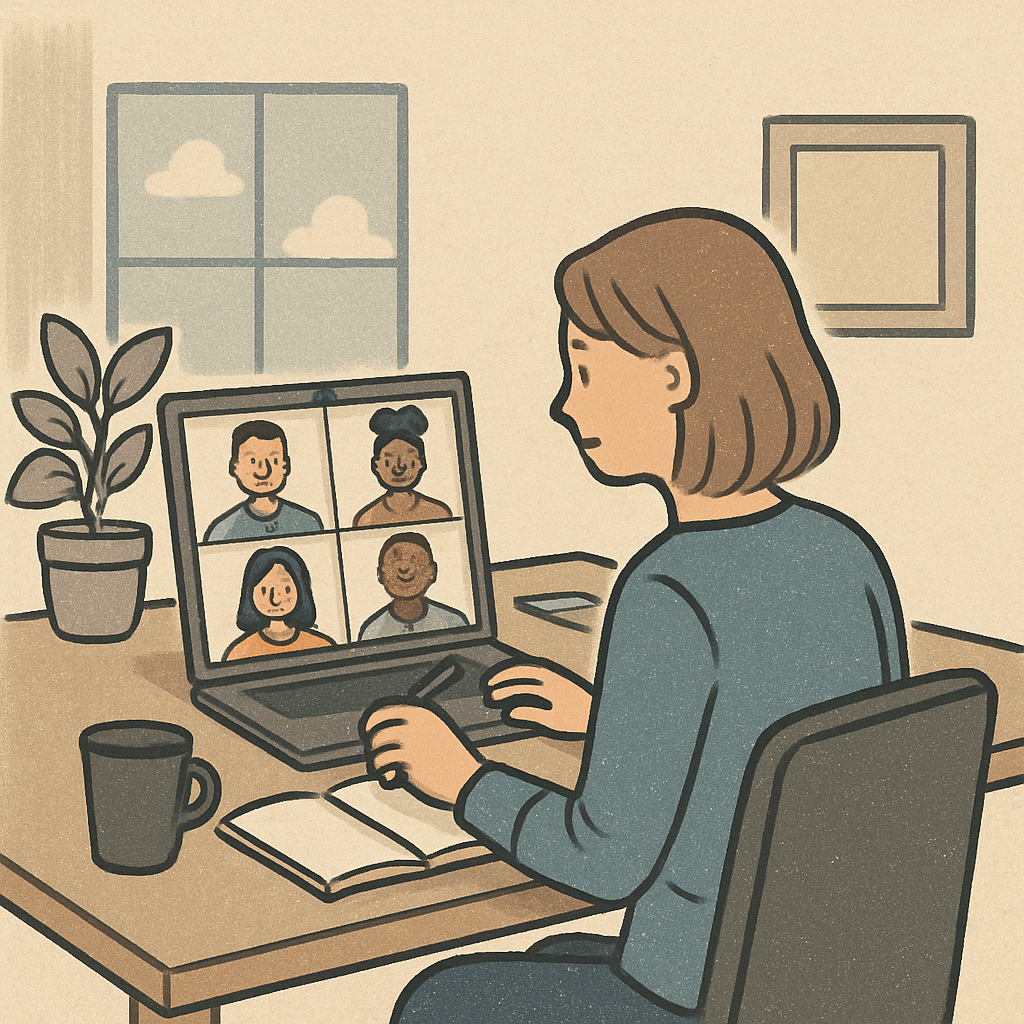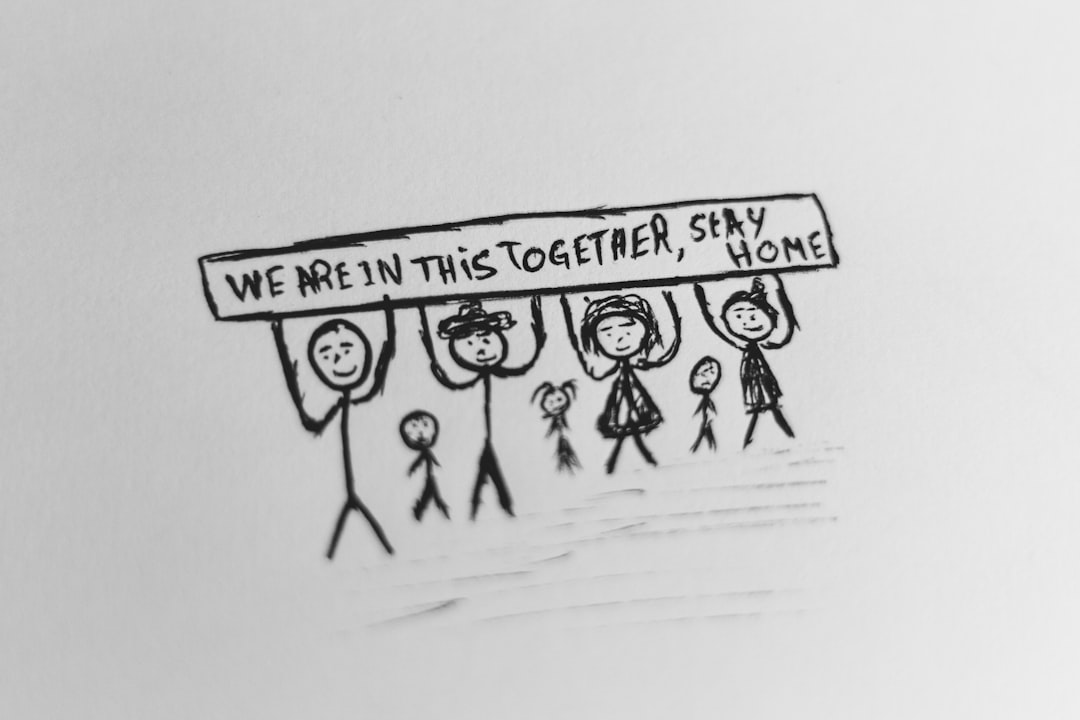In today’s fast-paced digital world, virtual meetings have become an essential part of professional communication. With tools like GoToMeeting, teams from across the globe can connect seamlessly. However, one challenge that arises from these virtual interactions is keeping accurate records and notes. Transcribing these meetings into text can be a game-changer for efficiency and clarity. In this guide, we’ll explore how to convert GoToMeeting recordings into text effortlessly.

Why Transcribe Your GoToMeeting Recordings?
Having a written transcription of your GoToMeeting sessions can be incredibly beneficial. Here’s why:
Enhanced Documentation
When you transcribe your meetings, you create a detailed record that can be referred back to at any time. This is crucial for tasks such as project management, where precise details and instructions are often discussed.
Improved Accessibility
Text transcriptions make the content of your meetings accessible to everyone, including those with hearing impairments. They also allow team members who couldn’t attend the meeting to catch up quickly.
Efficient Search and Reference
Text documents can be indexed and searched with ease. Instead of sifting through hours of audio, you can quickly find the specific information you need by searching the text.
How to Transcribe GoToMeeting Recordings
Let’s break down the process of converting your GoToMeeting recordings into text.
Step 1: Record Your Meeting
First, ensure your GoToMeeting session is being recorded. Here’s a quick guide on how to do it:
- Start Recording: During your GoToMeeting session, click on the “Record” button located on the control panel. Ensure all participants are aware the meeting is being recorded.
- Save the Recording: Once the meeting concludes, the recording will be saved to your chosen location, typically on your device or in the cloud.
Step 2: Choose a Transcription Method
There are several ways to transcribe your recordings:
Manual Transcription
This involves listening to the meeting audio and typing out the dialogue yourself. While this can be time-consuming, it ensures accuracy and allows for detailed notes.
Automated Transcription Tools
Several software solutions can automatically transcribe audio recordings. Popular options include:
- Otter.ai: Known for its accuracy and user-friendly interface, Otter.ai can transcribe your GoToMeeting recordings in real-time or from saved audio files.
- Rev.com: This service offers both automated and human transcription options, providing flexibility based on your needs and budget.
- Trint: Trint uses AI to convert audio files into text swiftly. It’s ideal for those who need a quick turnaround.
Step 3: Edit and Review the Transcript
Regardless of the transcription method you choose, it’s essential to review the text for accuracy. Automated tools may misinterpret certain words or phrases, especially if there are multiple speakers or background noise.
Step 4: Format the Transcript
Properly formatted transcripts are easier to read and understand. Here are some tips:
- Speaker Labels: Clearly indicate who is speaking at each point in the transcript.
- Timestamps: Include timestamps at regular intervals or at the beginning of each new speaker’s dialogue for easy reference.
- Paragraph Breaks: Use paragraph breaks to separate different topics or speakers.
Best Practices for Meeting Transcriptions
Ensure High-Quality Audio
Good audio quality is crucial for accurate transcriptions. Use a quality microphone, minimize background noise, and ensure all speakers are clear and audible.
Use Headphones for Manual Transcription
If you opt for manual transcription, using headphones can help you catch every word with greater clarity, reducing the need for repeated playbacks.
Consistent Formatting
Maintain a consistent format for all your transcriptions. This makes it easier for your team to navigate and understand the content.
Secure Your Transcripts
Transcriptions can contain sensitive information. Ensure that your documents are stored securely and access is limited to authorized personnel only.
Leveraging Transcriptions for Better Meetings
Once you have your GoToMeeting transcripts, you can use them to enhance your workflow:
Actionable Meeting Notes
Convert key points from the transcript into actionable meeting notes. Highlight decisions made, tasks assigned, and deadlines discussed.
Enhance Team Collaboration
Share the transcriptions with your team to ensure everyone is on the same page. This can improve collaboration and ensure that nothing is overlooked.
Continuous Improvement
Analyze past meeting transcripts to identify trends and areas for improvement. This can lead to more productive and efficient meetings over time.

Conclusion
Transcribing GoToMeeting recordings into text is a practical step towards improving meeting documentation and accessibility. Whether you choose manual transcription or leverage automated tools, the benefits are clear. Accurate records, enhanced collaboration, and efficient information retrieval are just a few of the advantages. Start transcribing your meetings today and experience the difference.
By following this guide, you can effortlessly turn your virtual meeting recordings into valuable text documents, ensuring that your team has access to all the information they need to succeed.


